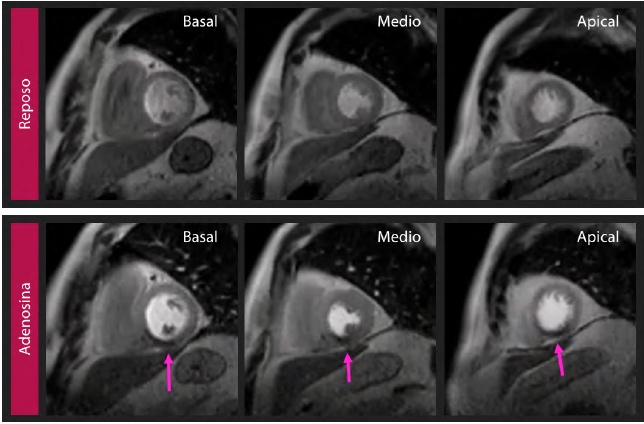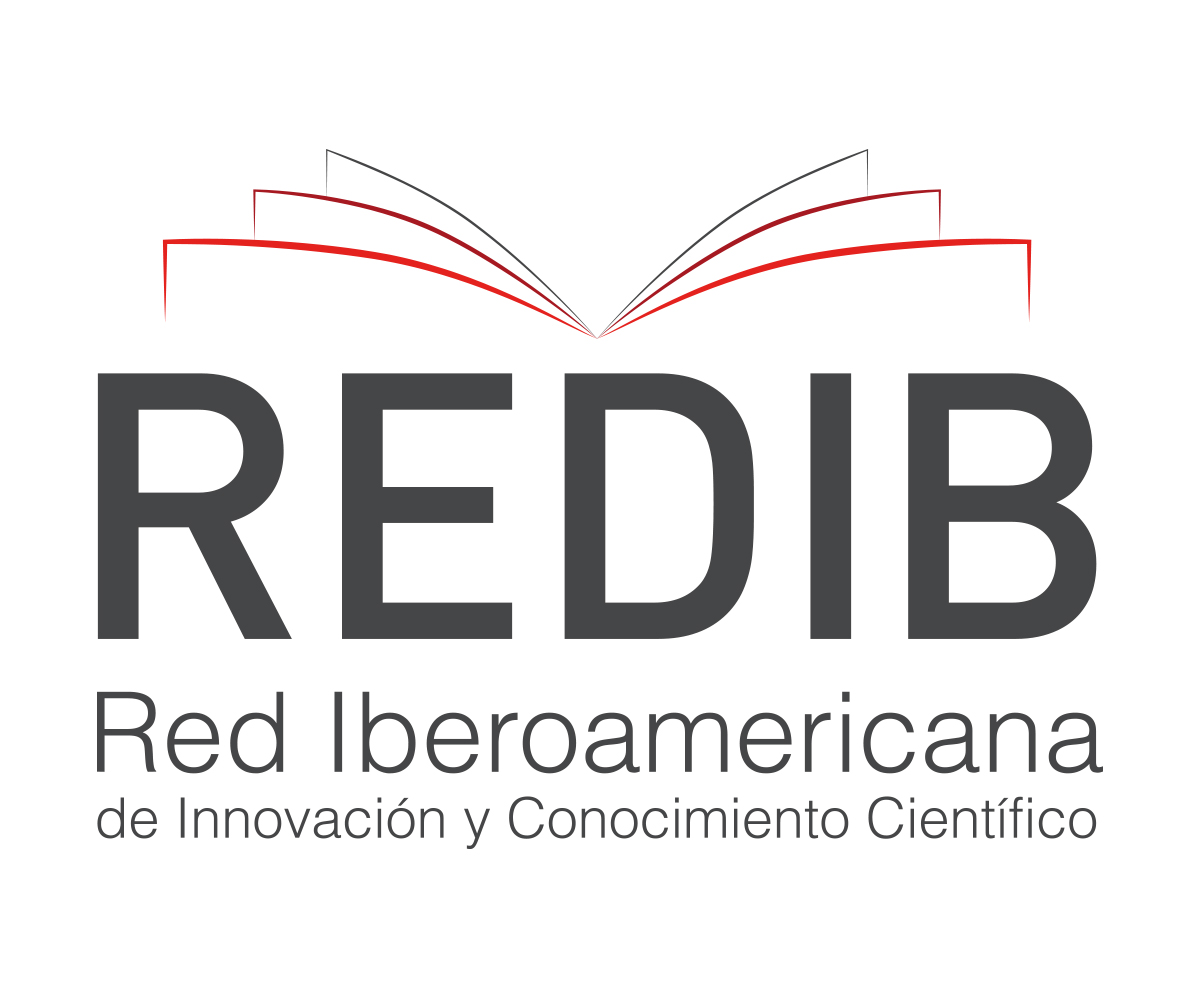Utility of Cardiac Magnetic Resonance with Pharmacological Stress to assess Myocardial Ischemia
DOI:
https://doi.org/10.47487/apcyccv.v1i1.8Keywords:
cardiac magnetic resonance, pharmacologic stress, myocardial perfusion, viability, adenosineAbstract
Cardiovascular disease (CVD) represents the main cause of death in the world. According to the World
Health Organization (WHO), its prevalence is estimated to increase considering the high prevalence of
cardiovascular risk factors. In Peru, CVD remains the second cause of death in general population. Ischemia
represents a strong predictor of future adverse events such as myocardial infarction and cardiovascular
death. Accurate detection of ischemia exerts a pivotal role in the diagnostic strategy of
patients with suspected coronary disease.
Stress magnetic resonance is a non-invasive diagnostic tool, that offers advantage over other diagnostic
techniques, considering that possesses high spatial resolution and no radiation exposure. Its diagnostic
precision for detecting coronary artery disease (CAD) is high, in addition of its prognostic value
in patients with suspicion of CAD.
In this review we will describe how cardiac magnetic resonance with pharmacologic stress is performed
in order to detect ischemia. We will also discuss the diagnostic and prognostic values of this
tool in patients with suspicion of CAD.















